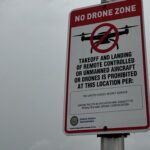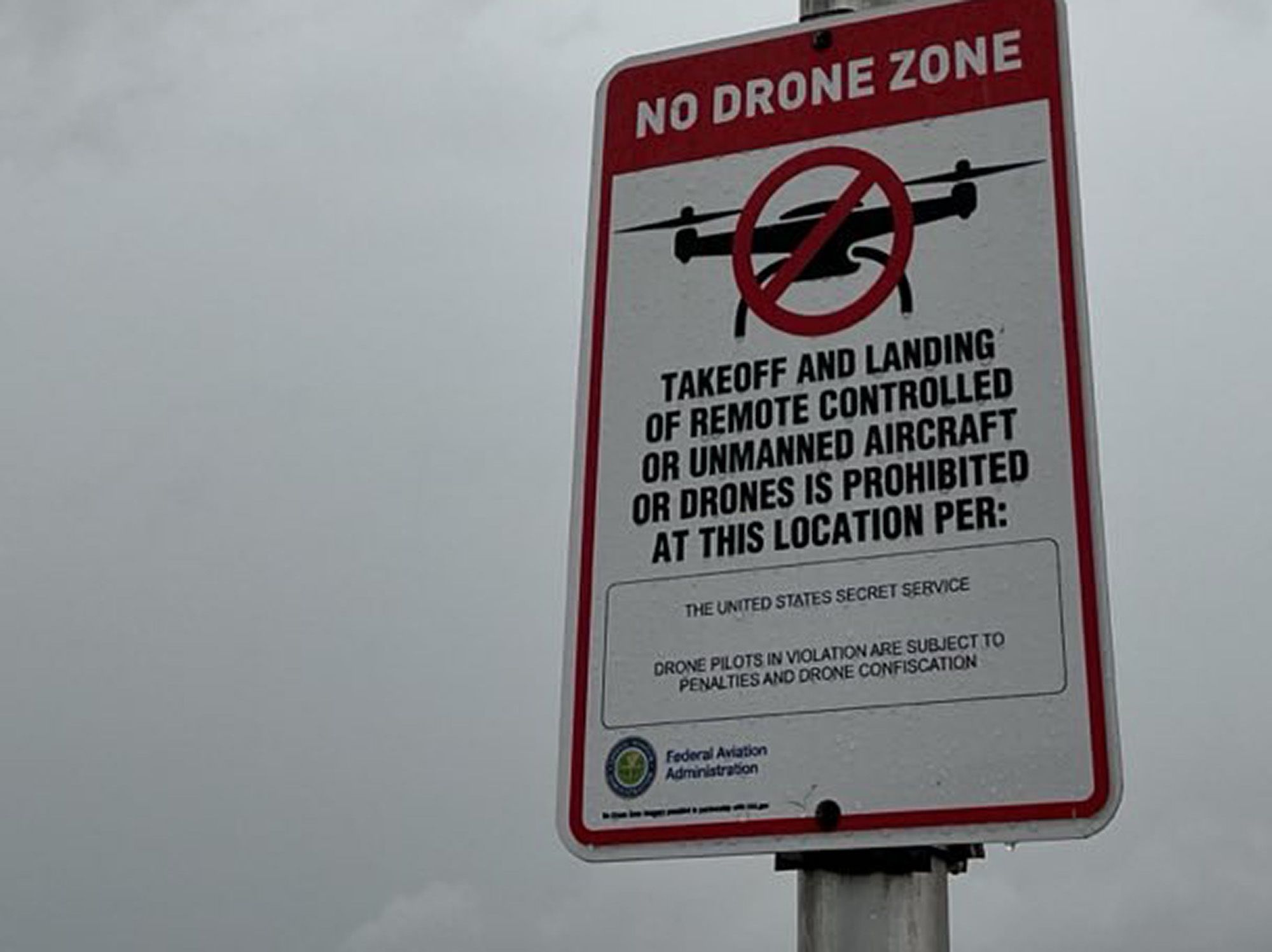The cannabis industry has long been intrigued by the efficiency and novelty of drone and aerial delivery—but deployment remains largely aspirational. Despite pilots by tech-savvy firms and advancements in unmanned aerial systems (UAS), regulatory and practical barriers continue to hinder real-world implementation.
Emerging Tech but Patchy Trials
Some Canadian and U.S. cannabis-focused companies have explored drones not as delivery vehicles, but as precision agriculture tools—surveying crops, spotting pests, and applying sprays more efficiently than manual labor. Meanwhile, delivery pilots like GRN’s concept of Seattle‑operated, pilot‑controlled drone drops aimed at rural medical patients garnered industry attention—but promised timelines repeatedly slipped amid skepticism from compliance attorneys.
Regulatory Roadblocks at State Level
Several states moved quickly to prohibit drone delivery for cannabis. California’s Bureau of Cannabis Control expressly forbids aerial transport, insisting licensed deliveries be conducted via enclosed motor vehicles only. Adopted alongside federal FAA jurisdiction, these bans explicitly block drones, robots, rail, or non‑motorized transport from carrying cannabis between licensed points.
Federal FAA Requirements Limit Viability
Under federal regulations (Part 107 and Part 135), drone delivery of goods is allowed—but only under strict conditions: operations must stay within visual line‑of‑sight (unless a Part 135 waiver is obtained), flights must avoid overflying people, and drones are weight‑ and time‑restricted. Cannabis adds complexity—transporting a federally illegal substance via federally regulated airspace raises compliance and enforcement issues that remain unresolved.
Practical and Security Concerns
Even non-regulatory obstacles loom large. Drones face limited flight range and battery life, high per‑package costs, and increased vulnerability to theft, weather, and GPS spoofing. Inside prisons, drones have been used to smuggle drugs—highlighting the security risks facing controlled substances in open airspace. Public resistance to “cannabis drones” also intersects with privacy concerns about surveillance drones in neighborhoods.
Looking Ahead: When and Where?
So where is cannabis drone delivery actually going? In the near term (1–3 years), it’s unlikely to materialize in the U.S. outside of highly controlled testbeds. Anywhere states explicitly ban aerial delivery, operators must comply—or face penalties. A shift toward aerial delivery requires coordinated changes: federal reclassification of cannabis, FAA waivers for beyond‑visual‑line‑of‑sight (BVLOS) drone networks, state licensing overhaul, and proven security protocols.
Pilot programs might quietly emerge in locales with relaxed cannabis and drone regulation—remote or rural areas of Canada or medically‑focused U.S. states like Colorado or Oregon. However, these programs will rely on heavy infrastructure: command‑centered drone operations, real‑time tracking, encrypted delivery systems, and probably parachute or tethered drop mechanisms.
Cautious Optimism
Despite technological advances and industry enthusiasm, cannabis drone delivery remains years away from mainstream adoption. Regulatory bans, federal classification issues, cost inefficiencies, and security vulnerabilities continue to plague attempts—even pilots have yet to scale. Unless federal cannabis reform aligns with FAA‑driven drone commercialization efforts, the industry will rely on conventional, vehicle-based delivery for the foreseeable future.





